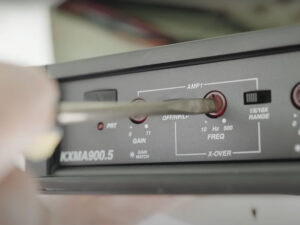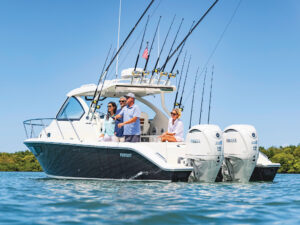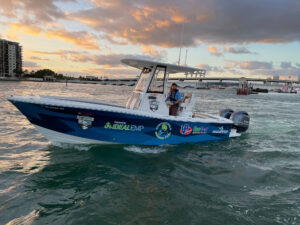If you’ve never taken the time to discover the 36-mile stretch of the Florida Keys between the Seven Mile Bridge and Key West, you’re missing a tucked-away treasure teeming with opportunities for below- and above-water exploration.
Known as Big Pine Key & Florida’s Lower Keys, this collection of islands offers a taste of Old Florida with its laid-back resorts and lack of high-rise condos and fast-food franchises. Outdoor activities include great fishing, snorkeling, diving, kayaking, birding, and bicycling and hiking through the National Key Deer Wildlife Refuge.
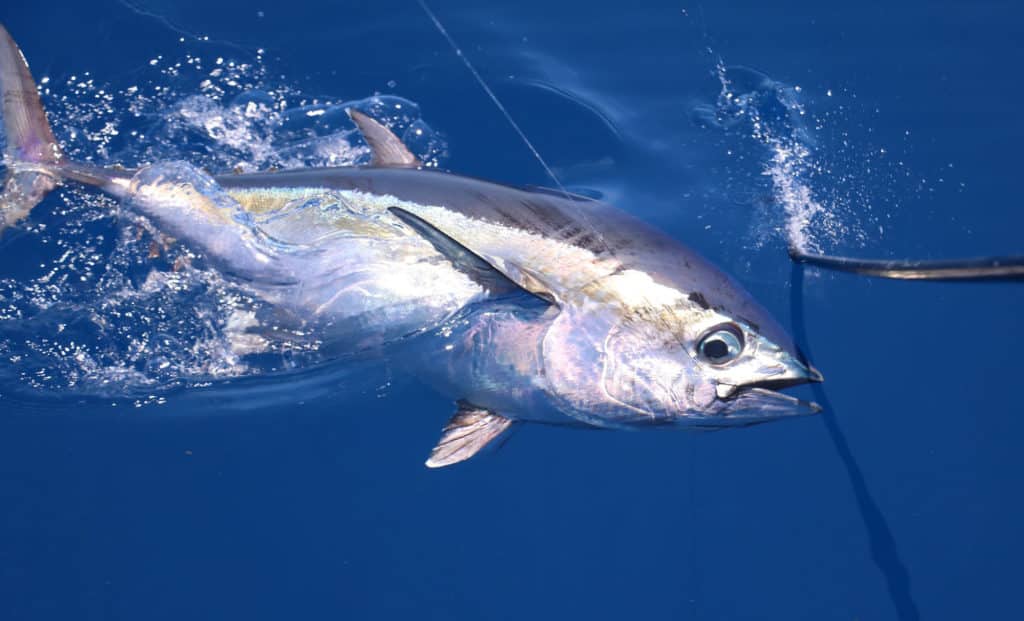
Offshore fishing out of The Lower Keys delivers dolphin, sailfish, swordfish, blue marlin, wahoo, sharks, kingfish and tuna primarily because of the region’s unique bottom structure as well as The Wall, a drop-off 30 miles into the Atlantic Ocean where the sea floor plunges from 900 to 2,000 feet.
Fishing along The Wall for 400-plus-pound blue marlin peaks from September through November. Anglers targeting those fish use 130-pound tackle and troll big artificial lures or whole kingfish. Troll skirted or plain ballyhoo or lures with ballyhoo for dolphin around scattered weeds and diving birds, and you might also connect with marlin from spring through fall.
Bottom fishermen head to shipwrecks in 30 to 50 feet of water in the Gulf of Mexico, where they not only catch grouper and snapper, but also cobia, permit and sharks. The shallow Gulf banks, where raised ledges deflect the current and concentrate baitfish, attract vast schools of Spanish mackerel. Catch them on live bait, lures and flies during the winter months. In spring, those banks produce legendary catches of tarpon topping 100 pounds on fly rods and spinning outfits.
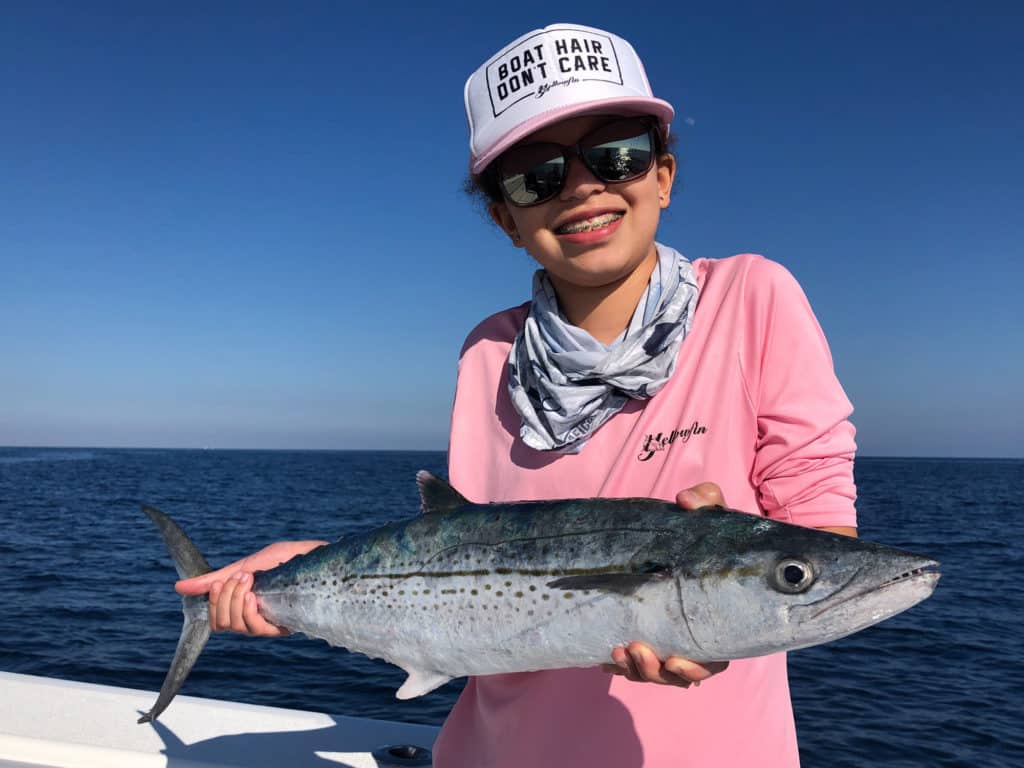
Another tarpon hotspot lies along the old Bahia Honda Rail Bridge. From March through June, anglers aboard a flotilla of boats anchor between the bridge pilings trying to tempt a silver king into eating their baits.
Target a flats grand slam of tarpon, bonefish and permit from spring through fall in the protected shallows around Florida’s Lower Keys islands. Those calm waters also attract kayakers, who can tour with an outfitter or launch their own paddlecraft.
Diving and snorkeling charters on Big Pine Key feature excursions to the Adolphus Busch Sr. artificial reef, a 210-foot freighter in 100 feet of water. The pristine Looe Key Reef in the Florida Keys National Marine Sanctuary, about six miles south of Big Pine, is one of the most popular spots in the Keys.
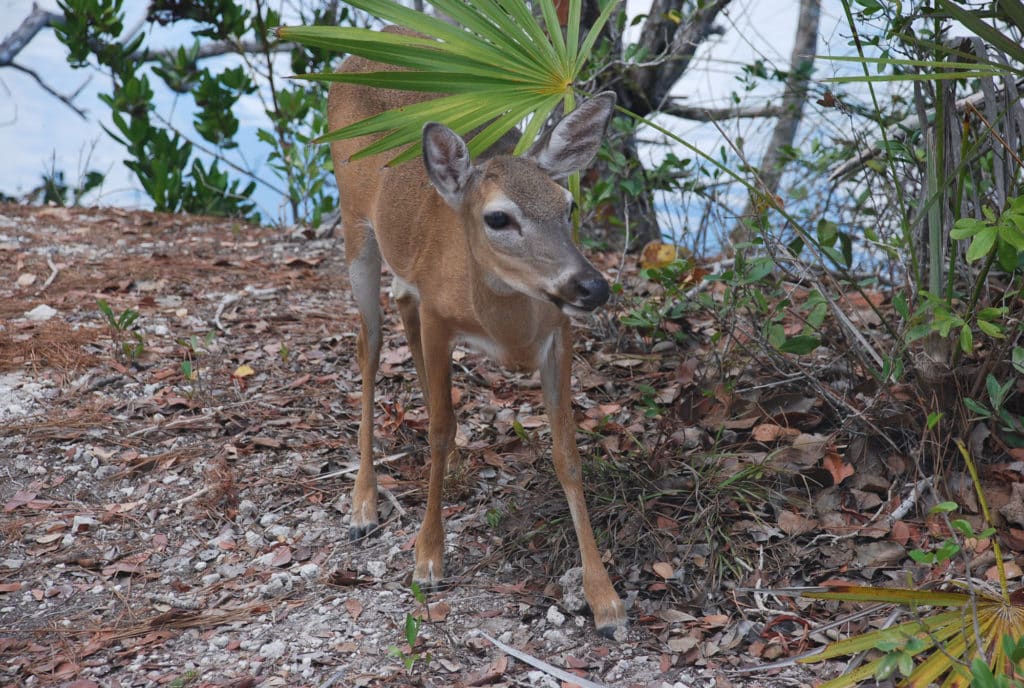
Land-based adventurers can bike and hike the excellent trails on No Name Key. On the trails around the Blue Hole, a water-filled abandoned quarry at the Key Deer refuge on Big Pine Key, look for the tiny whitetail deer indigenous to this extreme-south habitat.
At the western end of The Lower Keys lies Stock Island. Its marinas are home to the Florida Keys’ prolific commercial shrimping industry. Many of those marinas feature standout charter-fishing fleets as well as highly regarded waterfront bars and restaurants. Stock Island also has a thriving arts community with numerous galleries that are highlighted during the annual “I Love Stock Island Festival” in mid-June.
Restaurants throughout The Lower Keys specialize in serving locally caught fish and lobster. And if you want to sample all of the area’s activities, stay for several nights at any of the full-service resorts, inns, motels, and waterfront RV parks or at Bahia Honda State Park, which rents campsites for RVs and tents, and also boasts one of the top-rated beaches in America.

